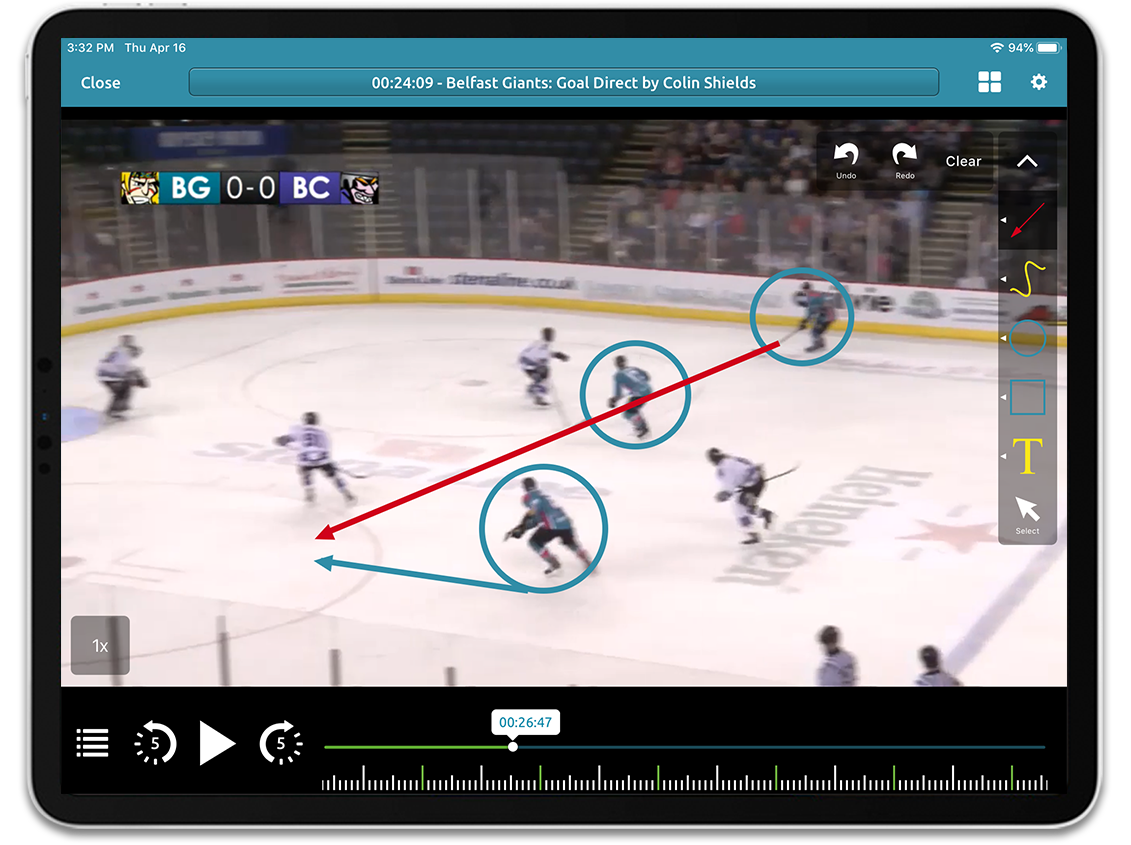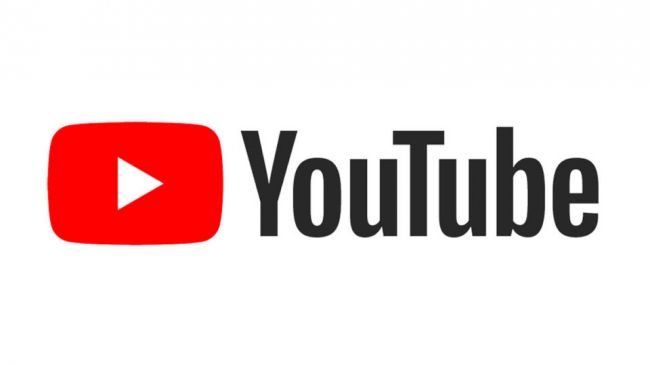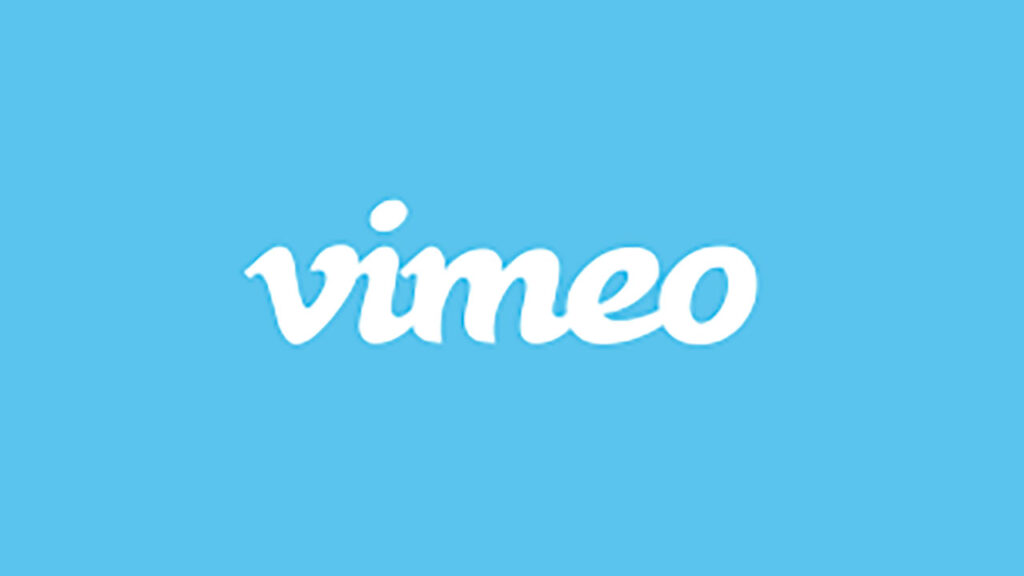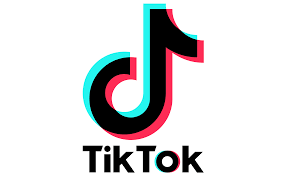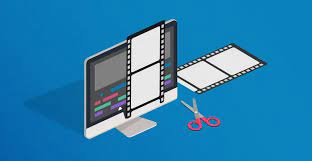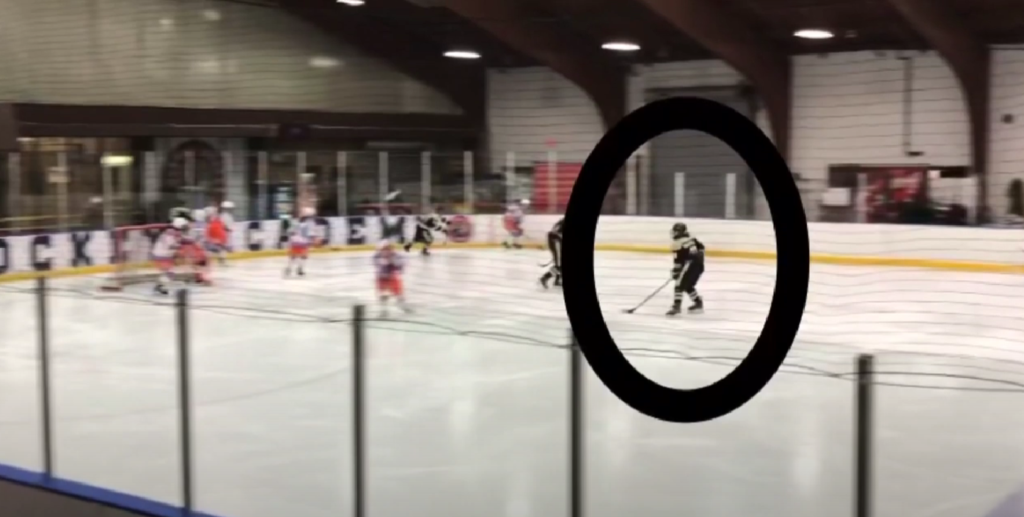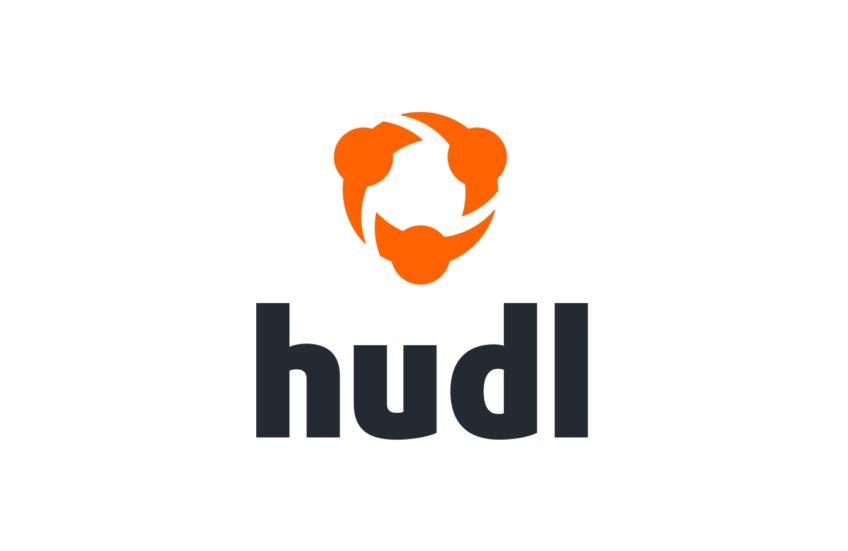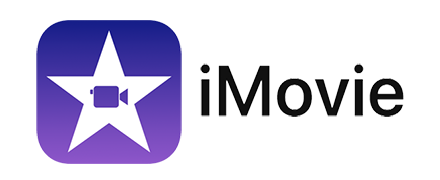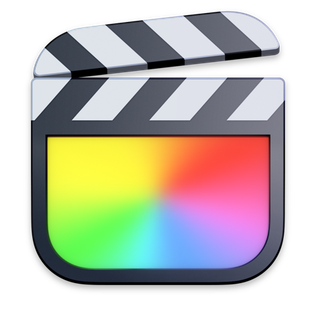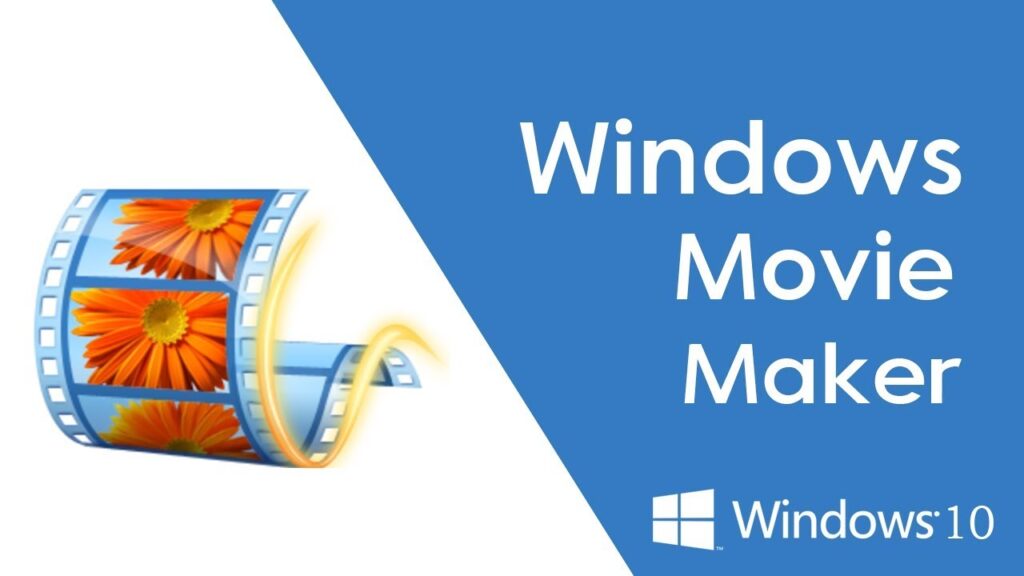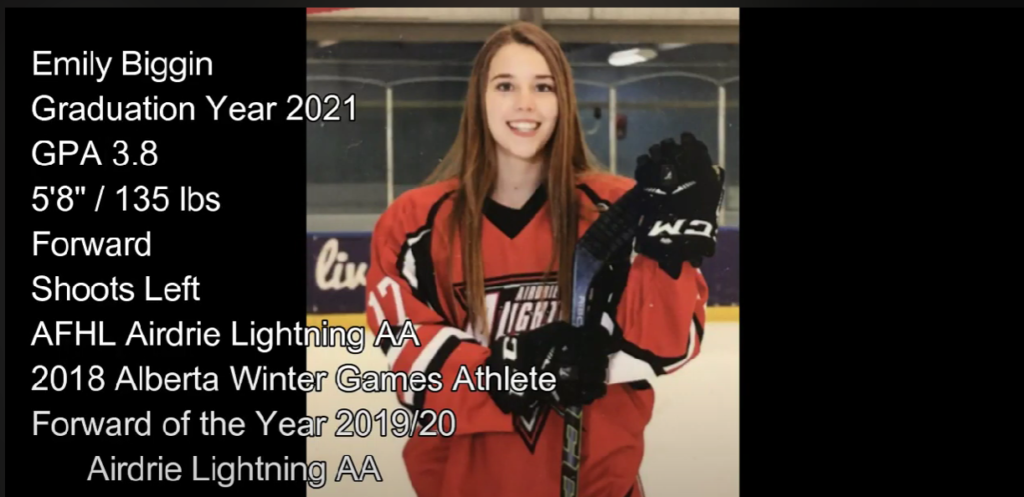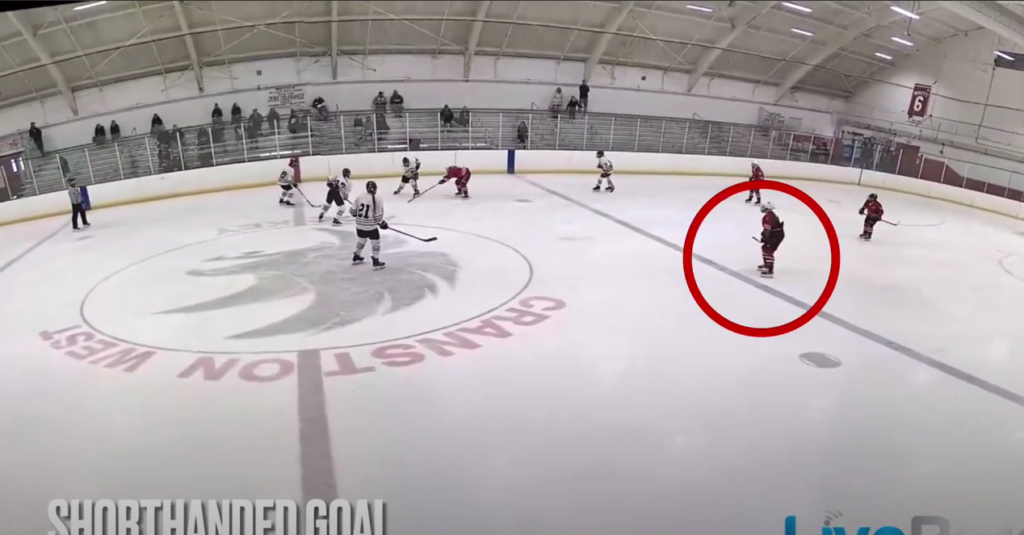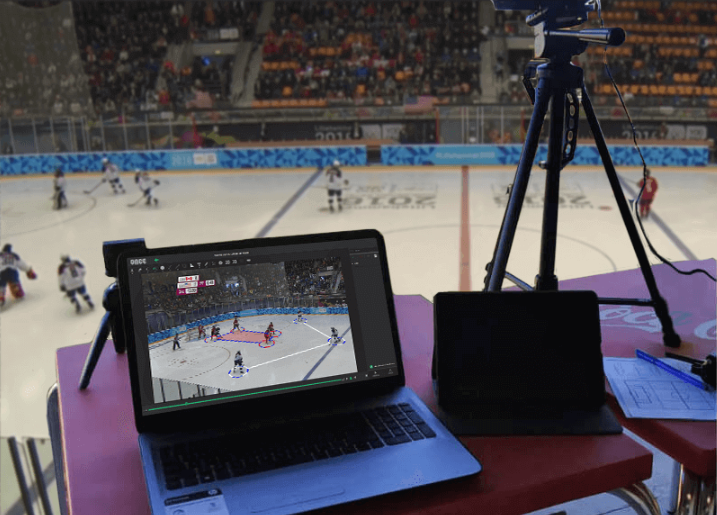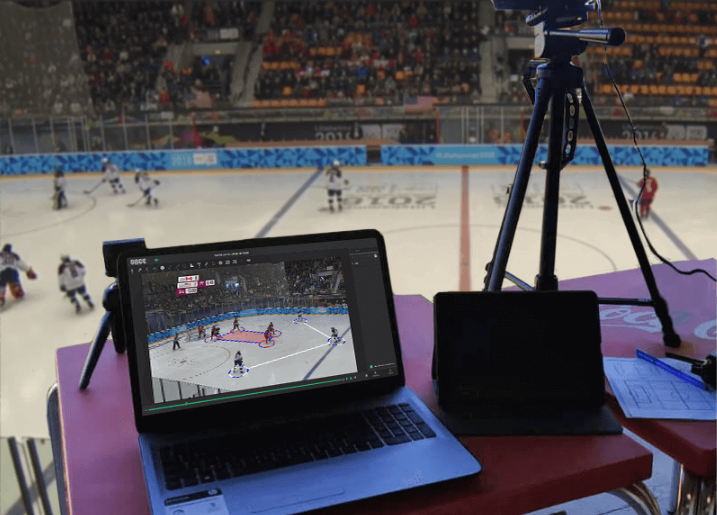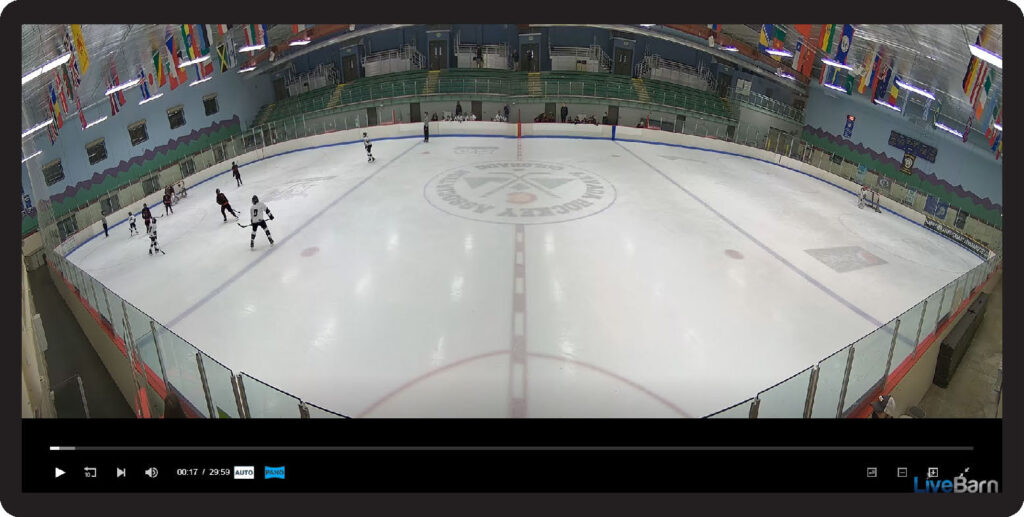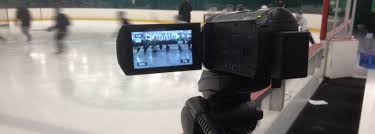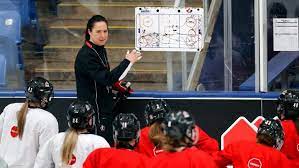
You can’t depend solely on your team coach to make you a better hockey player. There, I said it.
In my experience, I haven’t seen any team coaches work with individual players to create personal development plans. Typically, I’ve seen pre-season and mid-season reviews which discuss overall player development. And I’ve seen coaches ask players to put together a list what they need to work on. But after that, it is usually up to the player to get better at those items themselves.
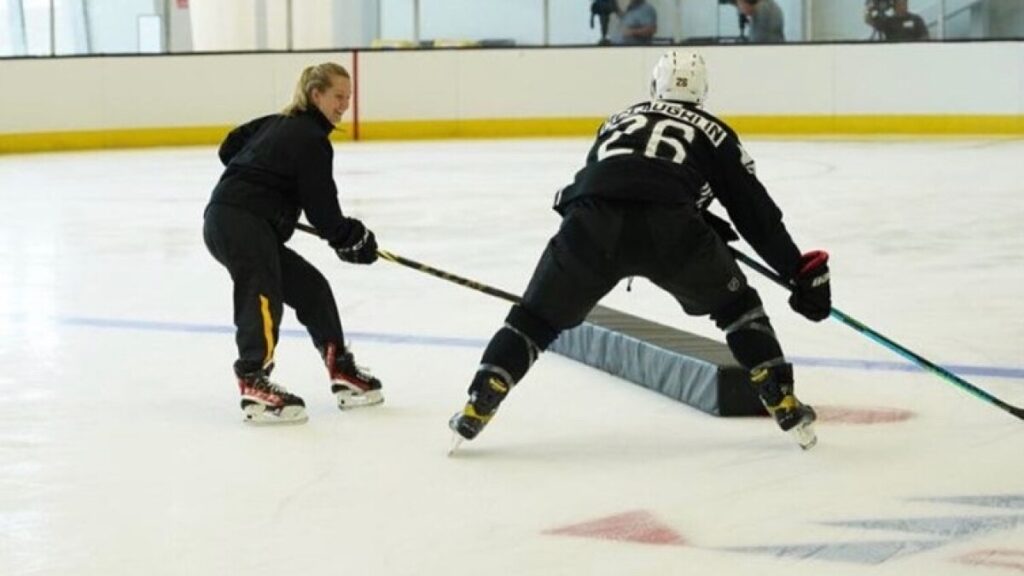
During the season, almost all coaches focus on team concepts like breakouts, special teams (power play and penalty kill), defensive positioning etc. They also spend time in practice on basic skill development like passing, skating, board battles and game situations like 2-on-1s.
In reality, team coaches don’t have a lot of time in practice to work on the individual, unique needs of each player. Of course, there is always the coach who spends extra time with one or two ‘special’ players on a team and gives them more attention. But, on average, you can’t expect a team coach to be responsible for working on your player’s highest priority development needs.
To get better as a hockey player you need to be working throughout the season on the areas in your game that will have the biggest impact on your overall improvement and success.
So if you’re team coach isn’t working directly with you or your player on a personal development plan, how do you develop one?
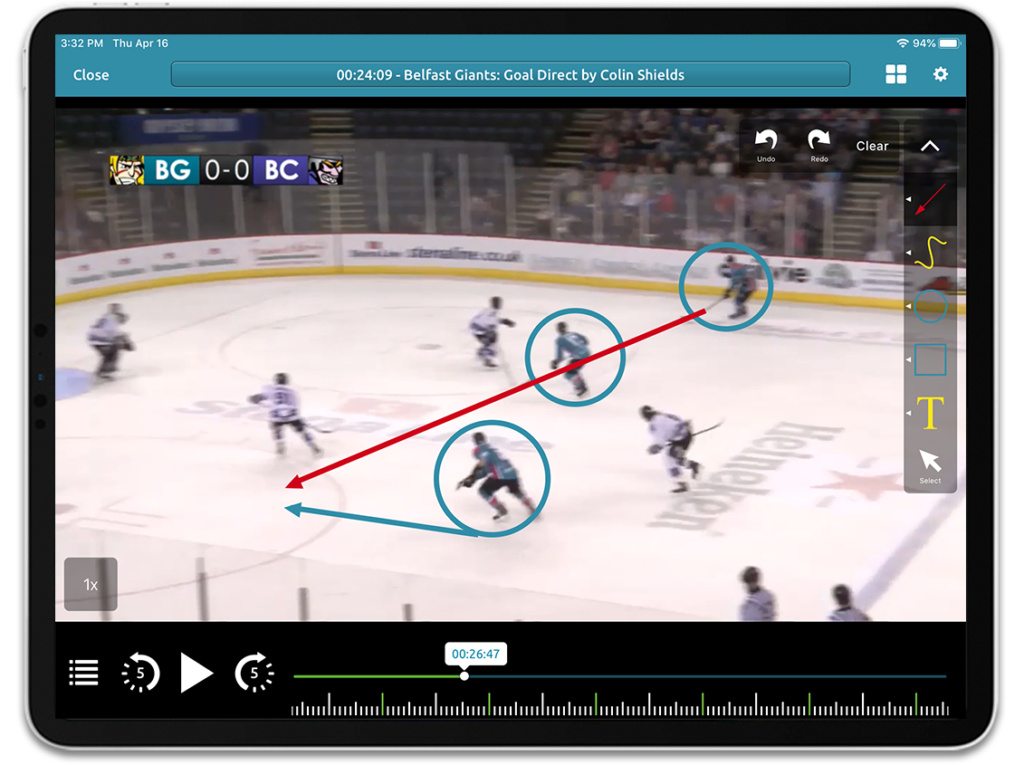
In a previous post, I described that I am a big believer in Darryl Belfry’s methodology of tracking high frequency events and success/failure rates to prioritize what a player should work on. After a series of 3 or 4 games, you should be able to look at the video and see which areas of your game you are repeatedly under-performing. From this analysis, you should be able to prioritize 3-5 skills or attributes that you need to work on. This is your personal development plan.
The next step is to figure out how to get better at those areas. Of course this will depend on what your specific needs are – but it could be anything from working on skating or shooting the puck to positioning on the ice. Some might be easy fixes and others might take months to work on to gain the required proficiency. The key is to find someone or somehow to help you get better and to work on those areas between games. This is easier said than done, because figuring out the right person to help or how to help yourself may take some effort.
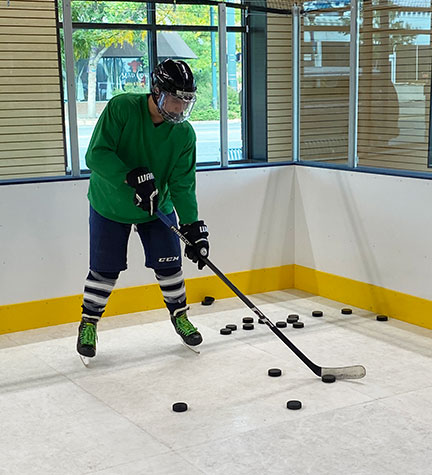
I have had many parents complain to me that their kid’s coach isn’t helping them get better at the areas that the player really needs help on. My response is that I have learned not to expect any team coach to make my kids better. Most youth team coaches don’t have the time or interest in going that deep with every player on a team. If the team coach does do it, that’s a bonus and an indication of a high-level coach who “gets it” – but in reality they are rare to find.
Key Takeaway: You can’t only expect team coaches to make you a better player, you need to be responsible for you own development.

